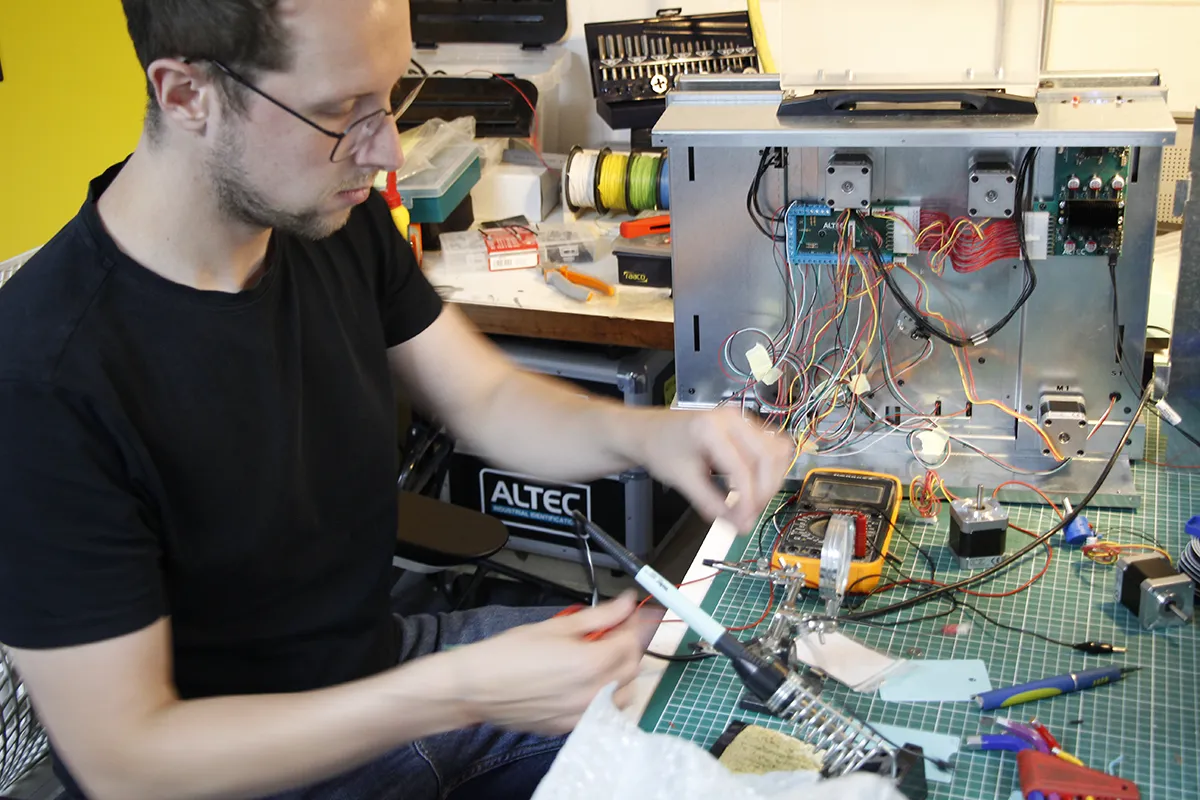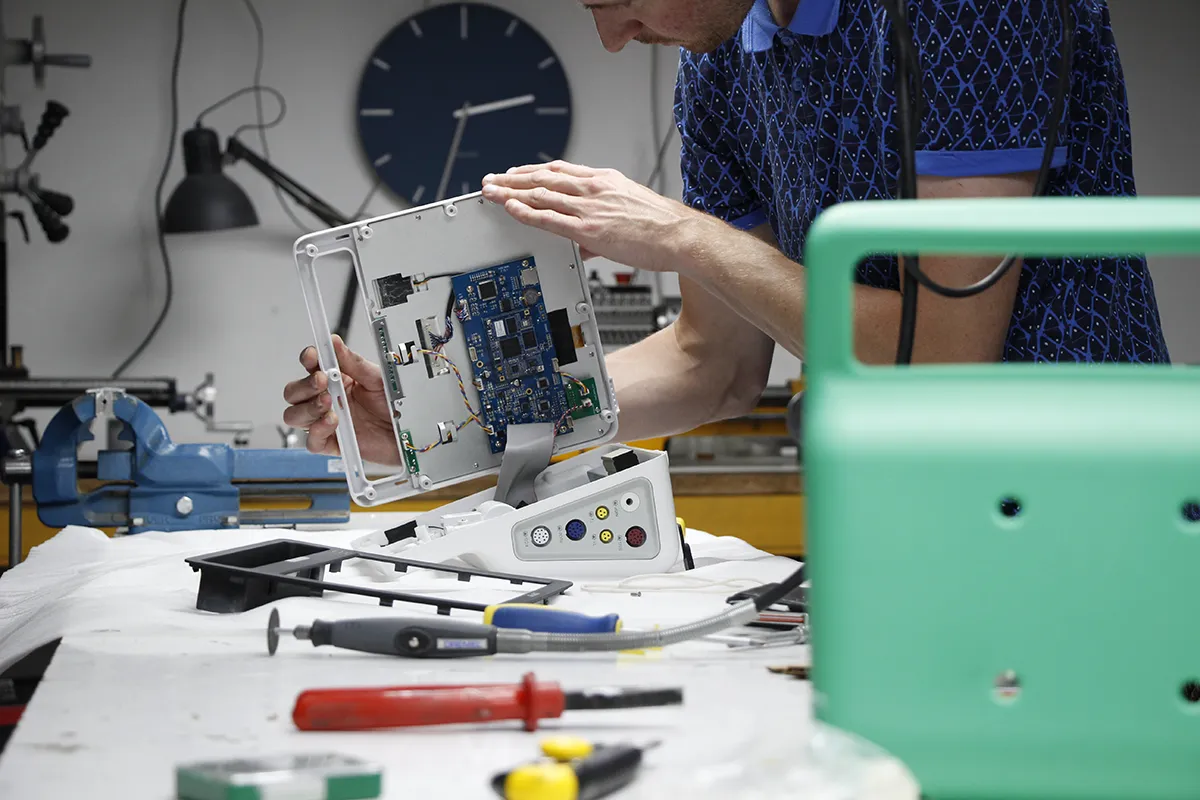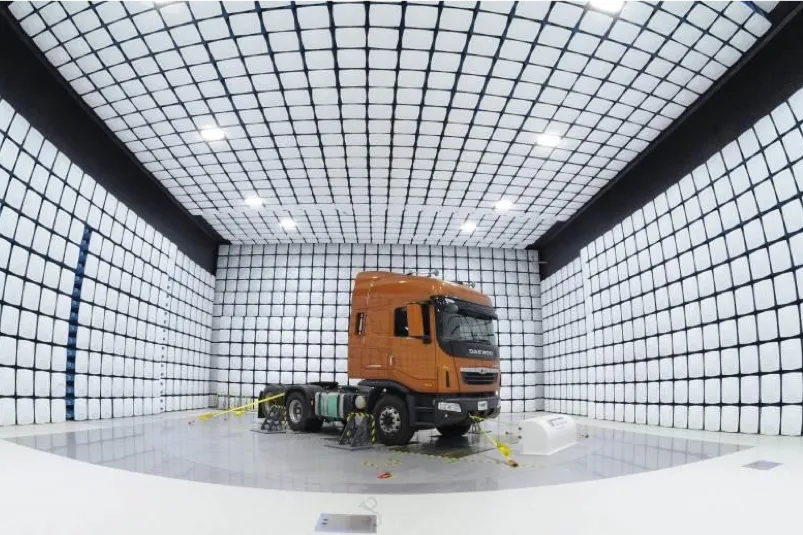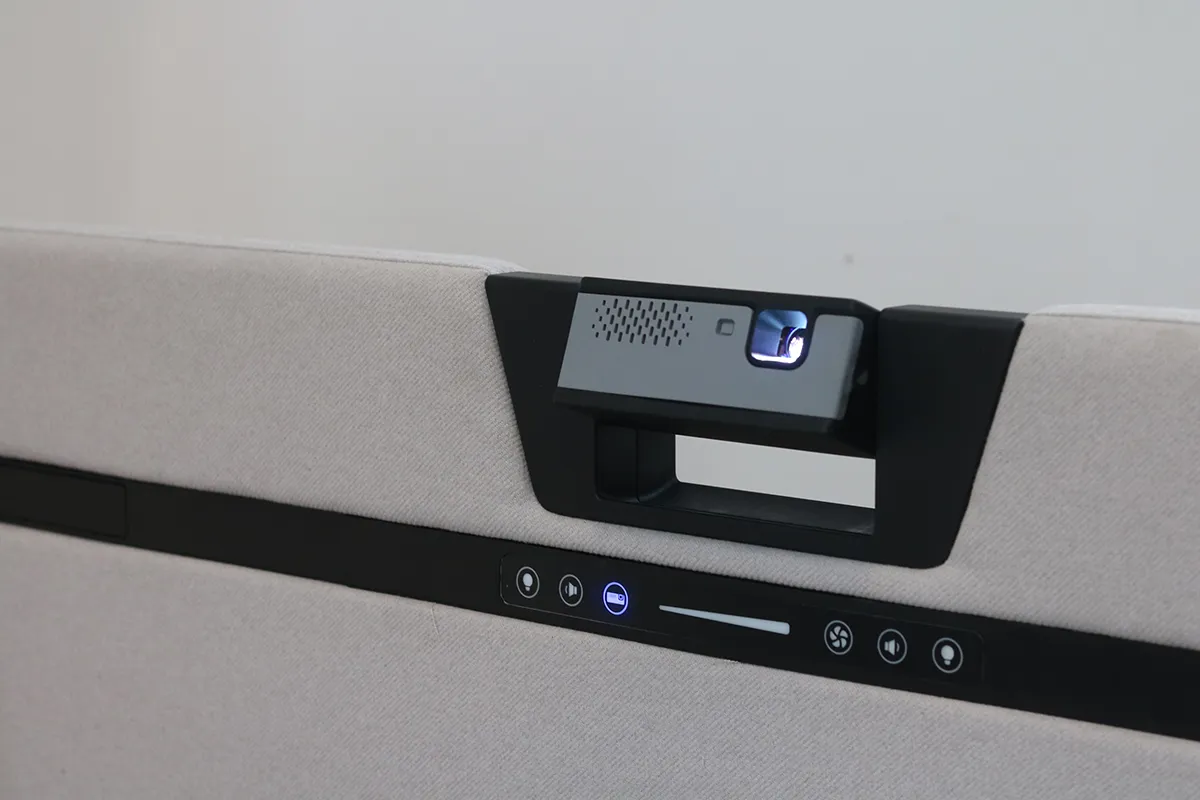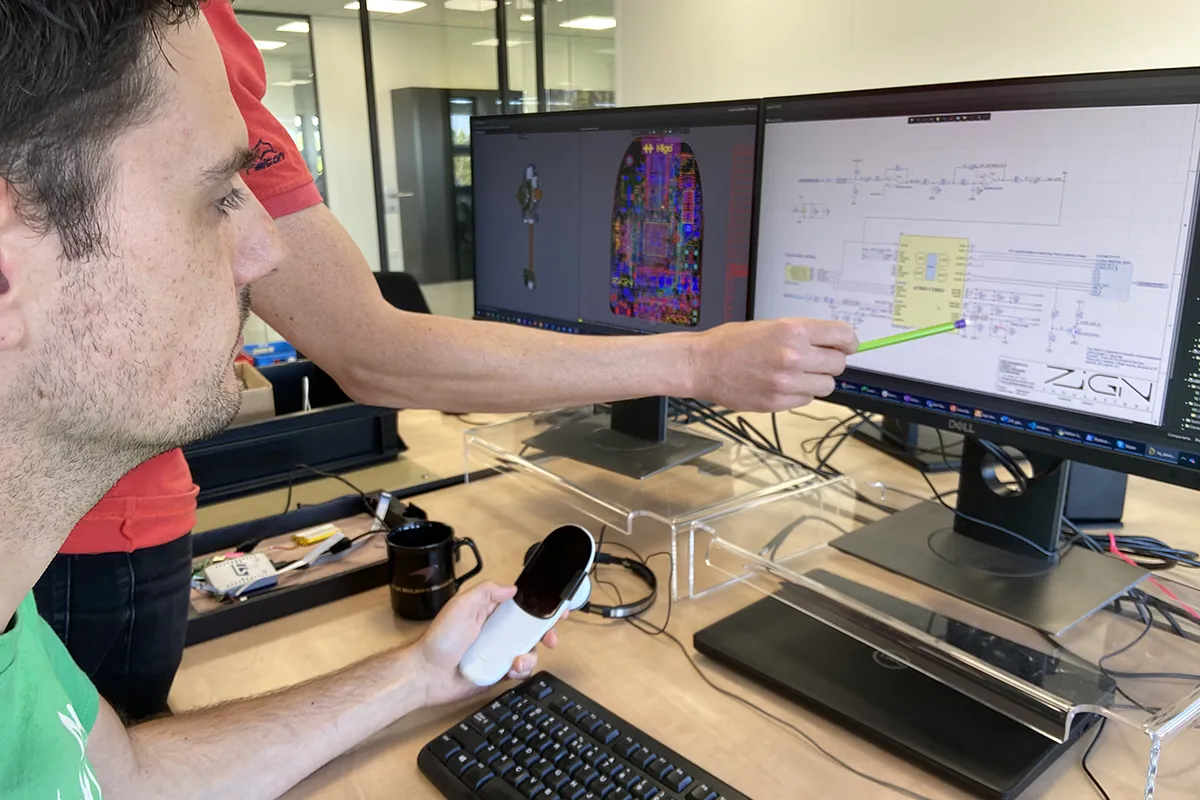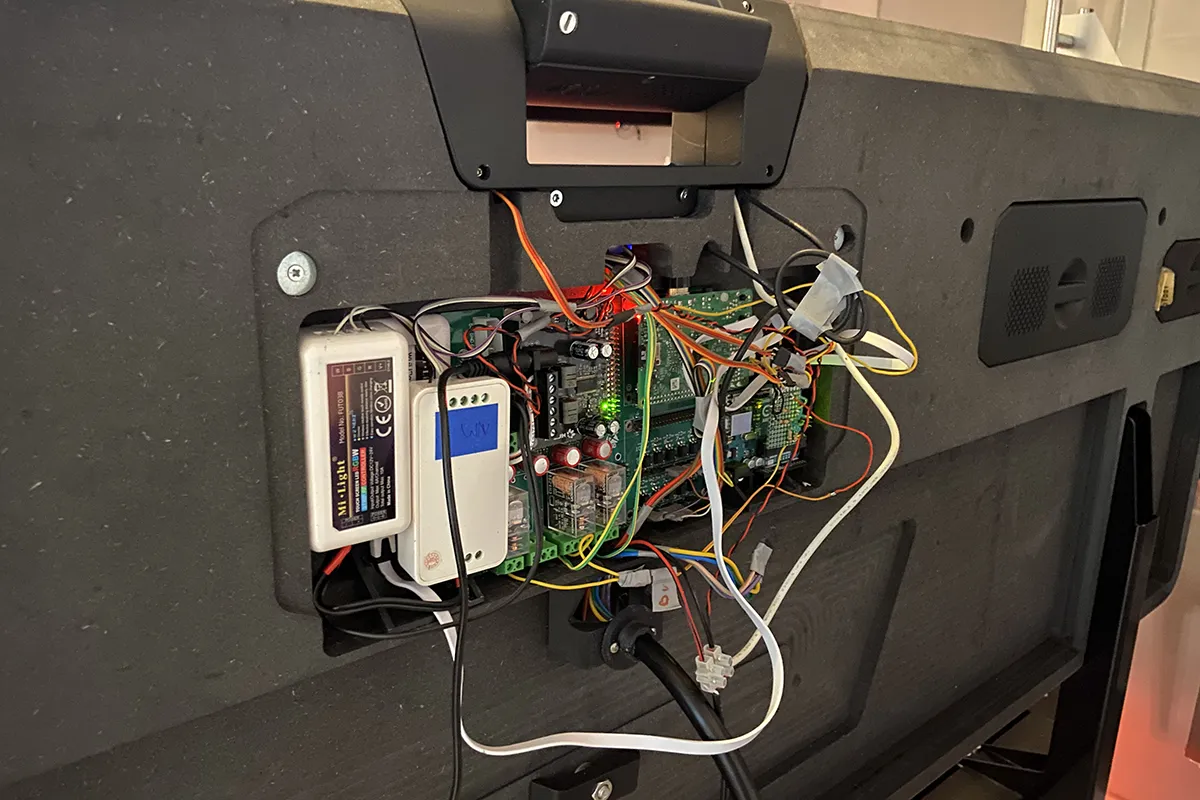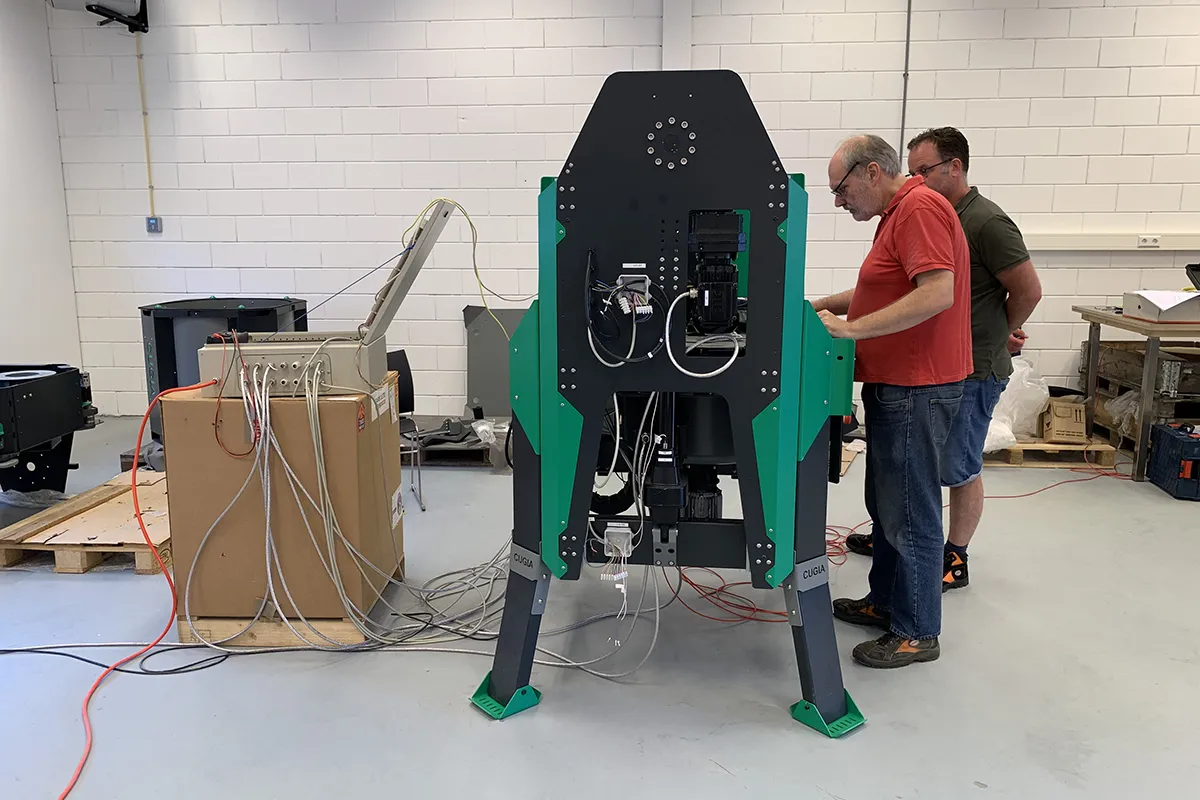PCB design, how designers collaborate with electronics engineers
Once upon a time, there were two worlds that were often seen as polar opposites: electronics and industrial design. It is a common misconception that these two worlds cannot intertwine or work together as they often have different priorities and goals. However, as technology becomes more integrated into our daily lives, it is becoming increasingly important that devices not only work well but look good too. And that is where the complicated love story between electronics and industrial design comes in. In this blog we’ll inform you how ManGo Product Design collaborates with electronics developers to deliver high quality product designs for our clients.
Electronics development partnerships
Are you looking to create an electronic product design for your business or startup? If so, then there are many things to take into consideration in advance. ManGo Product Design has worked with dozens of electronics developers, from freelancers hired by startups to large teams from corporate clients. You can introduce us to your printed circuit board design partner, in-house development team or make use of one of our PCB design partners. Due to our extensive experience, we can speak the same language and know how to best utilize the skills of electronics engineers to enhance your product. Even before a development is initiated, we can assist in creating functional specs for your product design.
Sourcing of electronic components
An important collaboration between electronics developers and industrial designers is sourcing of components like: sensors, actuators, screens, buttons, LED’s, cables, power supplies and batteries. Only through combined effort can the best off-the-shelf parts be procured, as each product has different requirements and there are thousands of options from as many suppliers. Electronics developers look at accuracy, response time, lifecycle management and power consumption of parts. Whereas our team in electronics product development focuses on: assembly, maintenance temperature and humidity resistance. It is one of the first steps because sourced components largely determine manufacturing price, size, weight and potential looks of a product. Once promising components have been identified and approved, samples will be ordered and thoroughly tested.
Space claims for electronics
In electronics product development, it must always be taken into account how much space is required for components and your PCB design to fit comfortably and appropriately in a housing, without compromising on design. For this we use CAD data from suppliers of sourced components as well as estimated sizes for not yet developed custom parts provided by the electronics engineers. These are “puzzled” into an early-stage 3D model and optimized for a perfect layout. Sometimes cardboard models are also made to validate if assembly of a certain layout can be done. The 3D and cardboard model are used to discuss engineering decisions between experts. Topics of discussion are: heat management, mounting points, PCBA design, shielding, high-voltage safety measures, strain reliefs as well as length and routing of cables.
Design, testing and validation
Subsequent development steps in the electronics product development are also in close collaboration. Electronics developers mostly work on the custom hardware (for example Printed Circuit Boards, PCB design) and their programming (firmware). Whilst, ManGo’s industrial design team puts in the effort to ensure that the PCBA, sourced components and cables are neatly tucked away to create a clean and clutter-free design. We ensure that the final product looks, feels and works as you envisioned. Once the engineering on both ends has been completed, it’s time to test and validate the product with an electronics prototype. This is where the collaboration between experienced electronic and industrial designers pays off. Sure, an electronics prototype might need a few iterations to become fully functional but by taking all steps in careful consideration, these are often only minor tweaks
EMC and ESD testing
Other critical factors in electronics product development are electromagnetic compatibility (EMC) and Electrostatic Discharge (ESD) testing. EMC testing is essential to ensure that electronic devices meet regulatory requirements. It ensures that they can operate flawlessly in the real world without causing interference or disturbance to other devices or be disturbed themself. ESD is the sudden flow of electric current between two electrically charged objects caused by contact, an electrical short, or dielectric breakdown. These tests can be costly, but are mandatory to conduct for many types of products to gain market access. We recommended to work with an accredited EMC testing facility that can provide precise and reliable reports. The choice for a professional developer is also critical because EMC and ESD issues are hard to detect and require extensive engineering knowledge to be prevented.
What to choose?
There are different types of electronics you can consider for your electronics product development; each with its own benefits and drawbacks. It is one of the most important choices to be made before the development process starts. There are 3 main options to consider: custom PCB design, prototyping boards (for example: raspberry pi or Arduino development) or making use of programmable logic controllers (PLC’s). To choose the most appropriate direction for your electronic product design you should take into account: timelines, development budget, desired manufacturing costs, production run quantities and the type of product.
PCB design
This is by far the best option for electronics product development when creating affordable mass-produced products. Custom printed circuit board design has the benefits of design freedom, manufacturing flexibility, reliability and cost-effectiveness. Once the PCB design is completed there are many manufacturers worldwide to outsource the manufacturing to. Your PCBA design can be made anywhere in the world by automated production lines which deliver speed, accuracy and low costs. PCB design however, is the most complex and challenging of all options, requiring a significant amount of engineering, programming and thus, time and money. In general, it makes sense to consider your own PCB design if your annual production runs will be above 5.000 units. Lower volumes are also possible but then it only makes sense if your product needs to perform very specific functions and can be sold with high margins (for example medical devices).
Open-source electronics
Raspberry pi and Arduino development are often used in electronics prototyping, DIY projects and small-scale production. The advantage of these open-source electronics is that almost anyone can program them. They offer development speed, online software databases and lots of community support, but lack reliability and durability. The boards are purchased off-the-shelf with standard specifications and components. As a result, they often lack functionalities or are over spec with components you don’t need. Making use of open-source electronics will always increase the price of your product but significantly reduce development time and costs. Open-source electronics can be used in the electronics product development, but should only be considered for electronics prototypes, small production runs or if you don’t have the time and budget for your own PCBA design.
Programmable Logic Controller
PLCs are a method of designing industrial control systems to automate all kinds of systems and machines. They are mostly made up out of industrial grade electronic building blocks combined on DIN-rail boards, providing advanced I/O capabilities for the automation of tasks. PLCs offer high reliability and are able to withstand extreme conditions in settings like: maritime, production, offshore, construction and mining. They are recommended for applications that require precise and continuous control of important safety-critical functions. PLCs are relatively fast to develop and program as they are built up out of these building blocks which can be acquired from many suppliers. They should only be considered for expensive professional equipment made in small volumes as each PLC needs to be manually constructed by trained professionals.
Conclusion
Intensive collaboration between electronics engineers and industrial designers is crucial in electronics product development. By collaborating with electronics developers throughout each step, ManGo Product Design takes your product design to the next level. The love story between electronics and design may seem unlikely, but the results speak for themselves as you can see in our portfolio.
More information
In need of assistance for your electronics product development? Contact us by phone, our online form or send an e-mail to:


